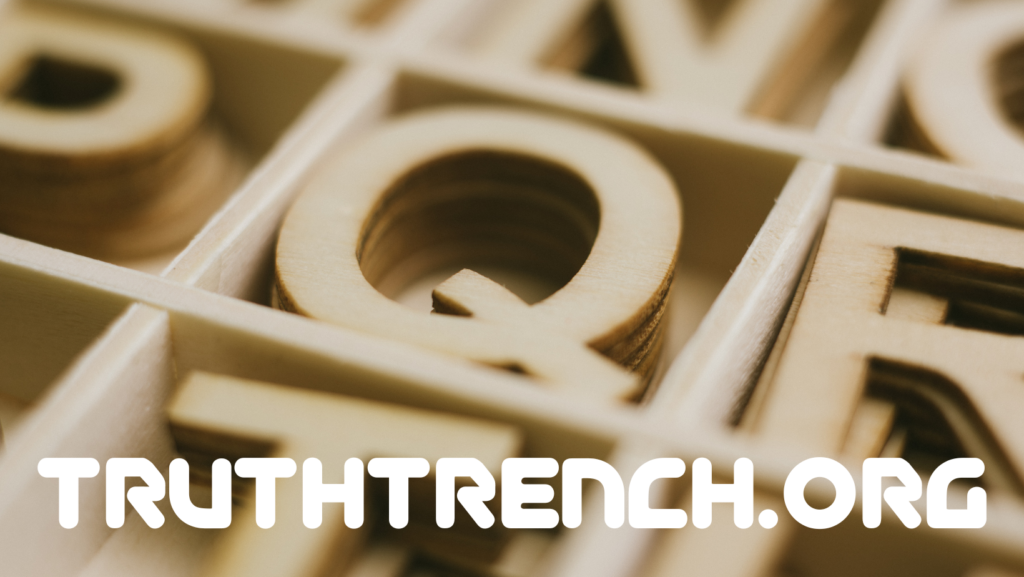Q clearance, often associated with secrecy and classified information, is one of the most enigmatic security clearances in the United States government. Established during the World War II era, Q clearance has a storied history, shrouded in secrecy and intrigue. This article takes you on a journey through time, exploring the origins, evolution, and significance of the Q clearance.
Q clearance emerged during the early days of the Manhattan Project, a top-secret research and development endeavor aimed at developing the world’s first atomic bomb. In 1942, as the project gained momentum, the need for a special security clearance to protect sensitive information became apparent.
The Manhattan Project’s scientists and engineers, working at secret facilities like Los Alamos, Oak Ridge, and Hanford, needed a clearance that exceeded the usual classifications. Hence, Q clearance was born, named for the word “questionnaire” – a reference to the thorough background investigation applicants underwent.
The Manhattan Project was a massive, classified undertaking involving thousands of people, including Nobel laureates and some of the brightest minds in science. The success of the project hinged on the ability to maintain absolute secrecy. Q clearance was the linchpin of this secrecy, enabling the U.S. government to restrict access to critical information.
Q clearance holders were privy to classified details about the design, development, and production of nuclear weapons. They were responsible for conducting groundbreaking research in the fields of nuclear physics, chemistry, and engineering. The achievements of the Manhattan Project, culminating in the bombings of Hiroshima and Nagasaki in 1945, had a profound impact on world history and marked the significance of Q clearance.
After World War II and the successful conclusion of the Manhattan Project, Q clearance remained an integral part of the U.S. government’s security apparatus. It expanded beyond nuclear weapons research and was utilized by various agencies, particularly the Department of Energy (DOE) and its predecessor, the Atomic Energy Commission.
Q clearance holders continued to be involved in classified research related to nuclear energy, national security, and advanced technologies. Over the years, the scope of Q clearance has evolved to encompass various scientific and technical disciplines, including cybersecurity, nuclear propulsion, and cutting-edge research in physics and engineering.
In the modern era, Q clearance remains a symbol of trust and responsibility within the U.S. government. Individuals holding this clearance are entrusted with safeguarding the nation’s most sensitive information, from classified military plans to advanced scientific discoveries.
Today, Q clearance holders work in various government agencies, research institutions, and defense contractors, contributing to the nation’s security and technological advancements. They are integral to maintaining the country’s competitive edge in areas critical to national defense.
The history of Q clearance is a testament to the enduring commitment of the United States to protect its most sensitive information, particularly in the realm of national security and advanced research. From its origins in the Manhattan Project to its modern-day significance, Q clearance has played a vital role in shaping the nation’s scientific achievements and security landscape. It stands as a symbol of the constant pursuit of knowledge, innovation, and security that define the United States’ role in the world.
Truth Trench aggregates Q Alerts – Click here

